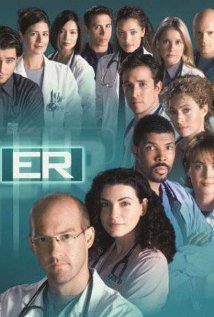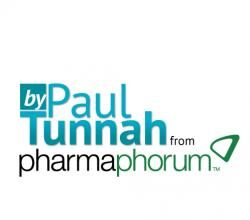Nothing exemplifies more the complete lack of understanding of the issues surrounding our healthcare system than an article that appeared in the New York Times this weekend. Author Jane Brody’s piece attempts to address issues with the astronomical costs and misuses of Emergency Department (ED) visits in the US today.
Nothing exemplifies more the complete lack of understanding of the issues surrounding our healthcare system than an article that appeared in the New York Times this weekend. Author Jane Brody’s piece attempts to address issues with the astronomical costs and misuses of Emergency Department (ED) visits in the US today. While I agree with Ms Brody that ED visits for routine issues are a waste of resources and money, her suggestion that physicians should be available 24-7 and see office patients on holidays and during weekends shows a complete lack of understanding of the practice of medicine. In fact, I found her comments to be down right insulting to all hard working physicians. Many physicians have spent well over half of their adult lives working endless hours in training. Many relationships, marriages and opportunities to bond with children have been sacrificed all in the name of our very noble profession. The article seems to suggest that if ONLY physicians were willing to work during “off hours” and provide cell phone access for patients that the healthcare savings would be enormous. Reality is that if physicians are pushed to do even more and are provided with even less downtime burnout rates will be even higher than they are now. In fact, I would predict that this type of access requirement would result in a mass exodus of many talented physicians from the profession entirely.
In a complete bit of journalistic ignorance, Ms Brody actually states in her piece “many doctors now work 9 to 5 jobs”–I am certainly not aware of any of my peers who are full time physicians that are working these “bankers’ hours”. In fact, most doctors in my practice work well beyond the traditional 40 hour work week. As a group practice we ALWAYS have a physician on call for emergencies. However, we do not have office hours in the evenings or on weekends. The cost of overhead for staffing and support makes this type of after hours practice completely unrealistic in the current market. Maybe the solution is for a government funded healthcare system to train more primary care physicians and have government run and owned clinics that are staffed in 24-7 shifts. The answer is NOT to burden already overworked healthcare providers with more hours, less privacy and more demands.
However, in spite of the abundance of erroneous statements, there are some true statements in the Times article that are worth emphasizing. First, Ms Brody points out that ED care is costly and inefficient. Some of the blame may be placed on lack of healthcare insurance or lack of personal responsibility for one’s own health. Countless patients continue self destructive behaviors such as smoking, drug use, alcohol use and other high risk activities. Some of the blame lies on the “system” with limited access and opportunities for care for some patients (but I do not see the new Obamacare improving this particular issue). Secondly, Ms Brody correctly points out that engaged patients who actively participate with their physicians have better outcomes and fewer ED visits. Engagement with a physician does not require having the physician’s cell phone on speed dial–it does require personal contact and routine office visits for preventive care and the ongoing treatment of chronic disease.
One obvious aspect that must be added to any discussion of after hours care must be that of liability issues. Without tort reform, medical malpractice litigation continues unchecked in this country. Many competent physicians have been forced out of practice due to escalating malpractice insurance costs. As Ms Brody references, many “after hours” messages from physician offices do state to “Call 911 or to Go to the ED”–this is a direct response to the irresponsible litigation that has plagued medical practice in the US today. Physicians are advised by legal counsel to have this type of messaging available in order to protect themselves from lawsuits involving after hours care. Any real healthcare reform in this country must also include a limit to malpractice awards and the elimination of frivolous lawsuits. These activities also serve to increase the cost of ED care–ED physicians are often forced to practice “defensive medicine”–and order more tests than a physician in another setting might perform for the same clinical scenario in order to avoid litigation.
Certainly, healthcare costs in this country have become nearly unmanageable. I do not claim to have the perfect answer or even a complete solution. The cost of an ED visit is much higher than an office visit with a primary care provider for a routine problem–no one would argue this point. However, the solution is much more complex than Ms Brody will lead us to believe. The answer is NOT to have physicians provide cell phone access 24-7 to patients. The most ideal solution must involve physicians, elected officials, attorneys and patients all working together to reduce costs and provide better care.








